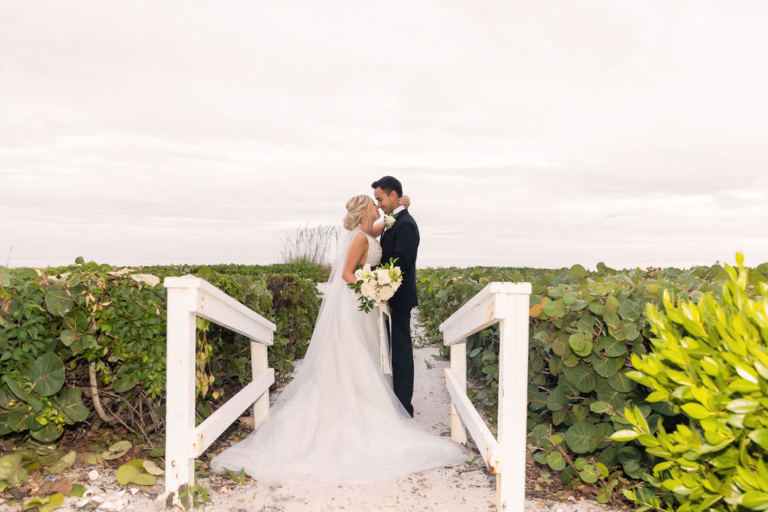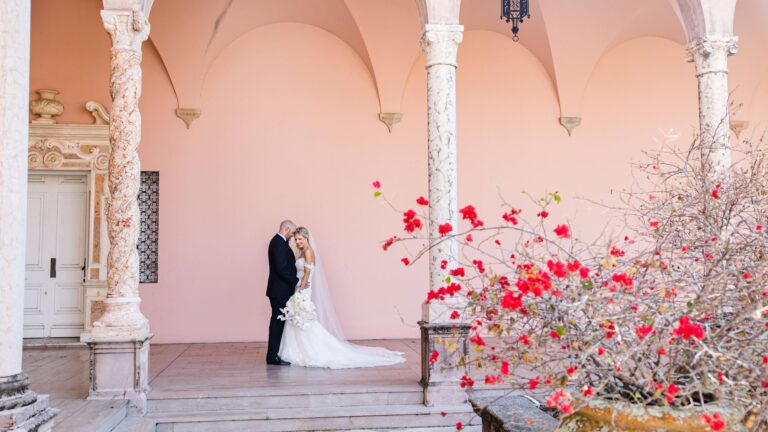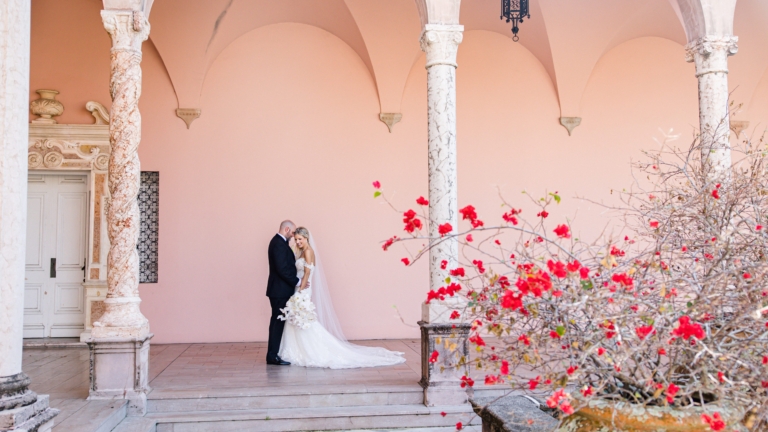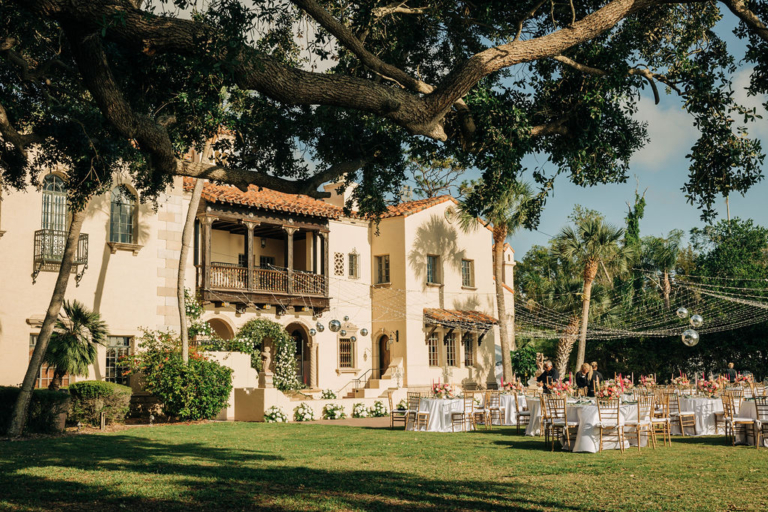How to Choose the Perfect Bridal Bouquet for Your Big Day
Your bridal bouquet is more than a pretty accessory it’s a statement that ties your look together. Here’s how to Your bridal bouquet is more than just a floral accessory it’s a statement, a finishing touch to your look, and something that will show up in nearly every wedding photograph. Choosing the right one takes a blend of style sense, logistics, and personal meaning. Here’s a comprehensive guide to help you pick a bouquet that feels right for you and for your wedding day.

1. Start with Your Wedding Style & Venue
- Match the vibe
Before you browse blooms, define your wedding’s aesthetic: is it classic, romantic, modern, boho, tropical, rustic, minimalist, or dramatic? Your bouquet should harmonize with the tone of your event. - Consider the venue & setting
A grand ballroom might call for a more structured, elegant arrangement. A garden, beach, or forest wedding can lean into loose, organic, free?form styles.
Also think about space constraints outdoor wind, corridor aisles, and backdrop colors can influence how bold your bouquet should be.
2. Pick the Right Shape & Style
Florists often classify bridal bouquets by shape or arrangement style. Some common types are:
- Round / dome — A classic, symmetrical shape. Elegant and timeless.
- Hand?tied / loose / natural — A more organic arrangement with movement and softness.
- Cascading / waterfall — Blooms and greenery trail downward, giving drama and flow.
- Nosegay / posy — Compact, simple, and easy to carry.
- Composite / cluster / bloom?only — Blooms wired together to look like one big flower.
- Crescent / crescent?arc — More modern with graceful arcs.
- Sculptural / architectural — Using bold foliage or artistic shapes to make a statement.
Each shape has a different visual impact and practical tradeoffs (weight, ease of carry, stability).

3. Choose Flowers Based on Season & Availability
- Go seasonal
Using blooms that are in season in your region ensures fresher flowers and often a better price. - Check florist availability
Some flowers (like peonies or orchids) are not available year-round or may come with premium cost. - Consider durability
Some blooms wilt more easily in heat or long hours; others hold up better. Ask your florist for tougher stems if you’re having a summer or outdoor wedding.
4. Color Palette, Contrast & Cohesion
- Coordinate with your color scheme
Use your wedding’s palette or complementary tones so your bouquet ties into the overall design. - Balance contrast and harmony
Sometimes a subtle bouquet lets your dress shine; other times a bold or contrasting bouquet becomes a focal statement. - Texture & greens matter
Incorporate foliage, filler flowers, grasses, or dried accents to add visual interest and depth.
2025 trends are leaning toward organic shapes, sculptural greenery, minimal bouquets, and unexpected botanical elements. Also, lily of the valley is emerging as a chic and understated bridal choice this year.
5. Scale & Weight — Stay Comfortable
Your bouquet should feel manageable in your hands. Something too heavy will affect your posture, photos, and comfort.
- Keep stem lengths reasonable
- Don’t overdo the greenery or accessories
- Test hold a mock-up to gauge how your arm feels
- Ask your florist to strip unnecessary leaves that add weight
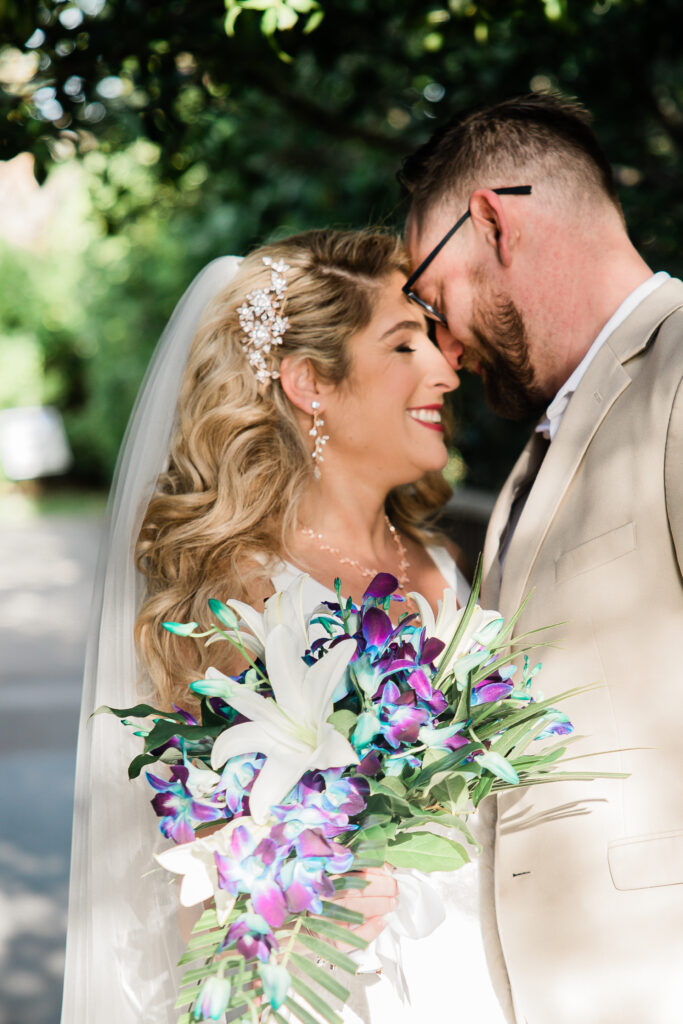
6. Add Personal & Sentimental Touches
- Include a meaningful flower (your mother’s favorite, your name’s bloom, a birth month flower)
- Weave in a small keepsake: a locket, ribbon from a heirloom, a piece of lace
- Use a ribbon wrap that complements your dress or wedding palette
7. Work with (and Communicate Clearly to) Your Florist
- Bring visual references
Images help communicate shape, style, fullness, and mood clearly. - Share your dress and veil photos
The bouquet shouldn’t compete with ornate dresses the balance matters. - Set must-have / must-avoid items
E.g. “Please include ranunculus, avoid baby’s breath, use eucalyptus” - Ask about substitutes
If a bloom is out of season, see what alternatives maintain the look.
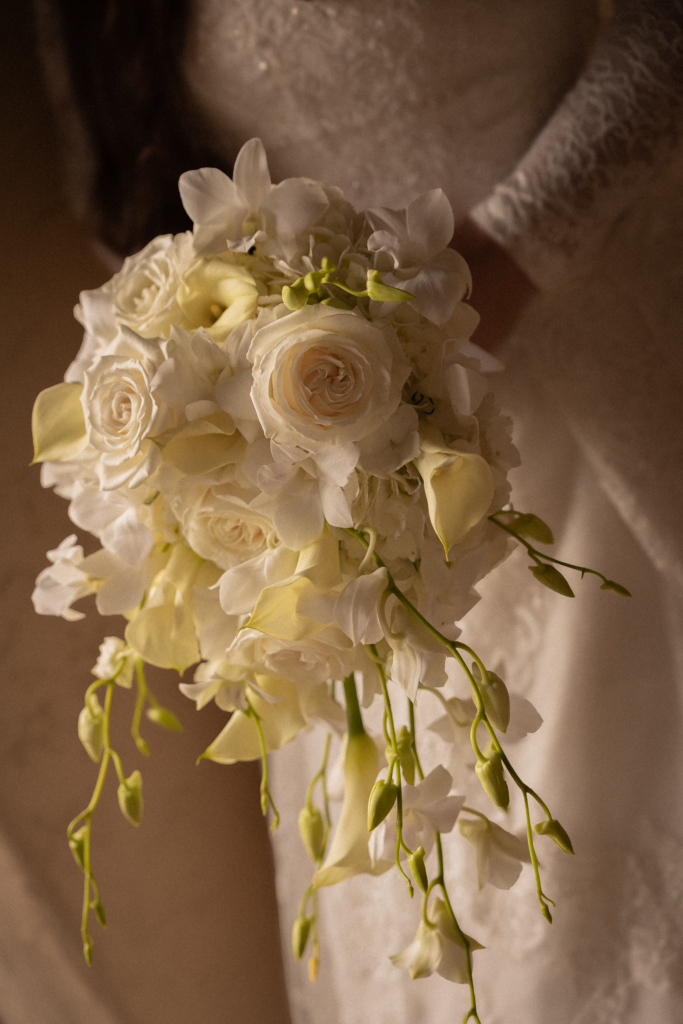
8. Logistics, Timing & Day-of Plan
- Delivery timing
Arrange delivery for just before hair & makeup so flowers stay fresh. - Transport & staging
Have a safe method to store the bouquet (water, cool shade) before the ceremony. - Weather backup plan
Heat, rain, wind — ask florist how chosen flowers behave under stress. - Emergency kit
Bring pins, floral tape, spare greens, and a small spray of water.
9. Preservation Option
If you’d like to keep the bouquet afterward:
- Ask about drying or pressing
- Consider a silk replica or hybrid fresh + preserved elements
Conclusion
Your bridal bouquet is a deeply personal, symbolic, and beautiful accessory. With intention, communication, and these guidelines in hand, you can choose a bouquet that not only complements your wedding day but also feels deeply you.

